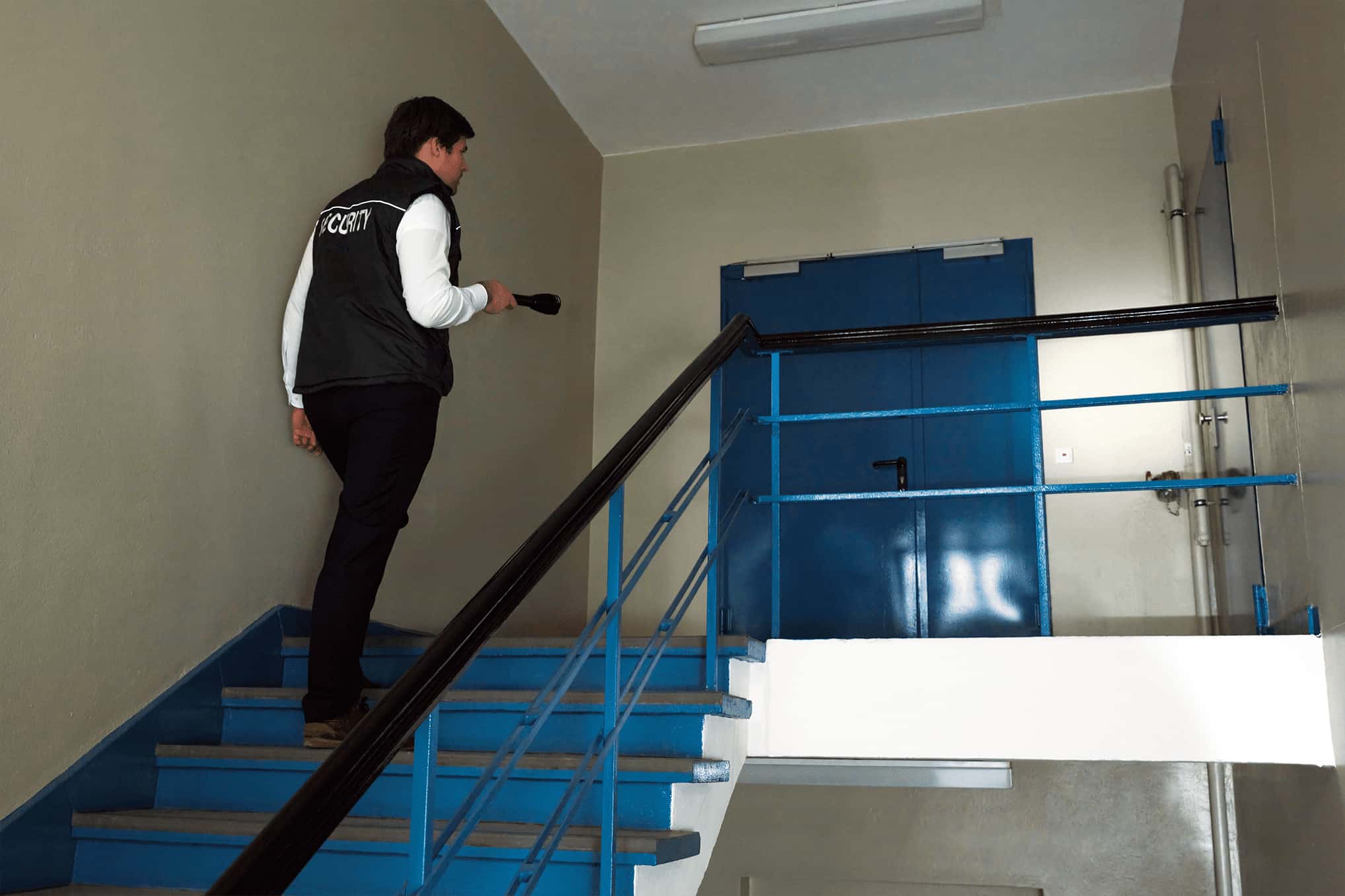Security guards and patrol service personnel can face many risks at work. Among the most common issues are slip, trip and fall accidents, which continue to be a leading cause of non-fatal injuries for these workers.
It’s critical for employers across industries to recognize and help to minimize the likelihood of potential injuries while on the job. When choosing company-issued or otherwise required equipment to work as a security guard, employers could be overlooking what may be at the heart of many preventable injuries.
OSHA Safety Requirements
Occupational Safety and Health Administration standards require employers to assess the workplace and determine if present or likely hazards necessitate the use of personal protective equipment (PPE). If PPE is needed, the standard requires employers to select equipment that will best protect employees from identified hazards, then communicate those decisions to employees and select properly fitted equipment.
This general standard was primarily intended to address physical hazards such as heavy or rolling objects that may be dropped (mitigated by a safety toe), objects that may result in puncture/impalement (mitigated by a protective shank), or chemical and electrical hazards in the workplace.
In addition to the general standard, it is important that employers require anti-slip soles, with proper ankle support, heel height or other attributes that are intended for security guard or patrol personnel.
Assessing Footwear Safety
Many companies only require that their security guards wear shoes of a particular color that matches the look of its service uniform while not considering the necessary function of the footwear itself. Ensuring your company is considering the safest footwear for its security personnel can help mitigate the most common accidents.
Employers should consider the following when assessing their footwear requirements for employees.
Will the employee….
- Be required to walk on smooth, wet, or slippery surfaces?
- Engage physically with another person, or push/pull an object?
- Navigate rough, uneven, or muddy terrain?
- Climb ladders, industrial stairs or catwalks?
Policy language only stating the required shoe color will not prevent an employee from donning a pair of dress shoes with slippery leather soles. Anti-slip soles, above-the-ankle support, proper heel height/a pronounced heel, and additional footwear safety attributes can help mitigate slips, trips and falls.
When accident reports are completed following a slip, trip or fall event at the workplace, the employee’s footwear should also be addressed in the accident investigation process.



